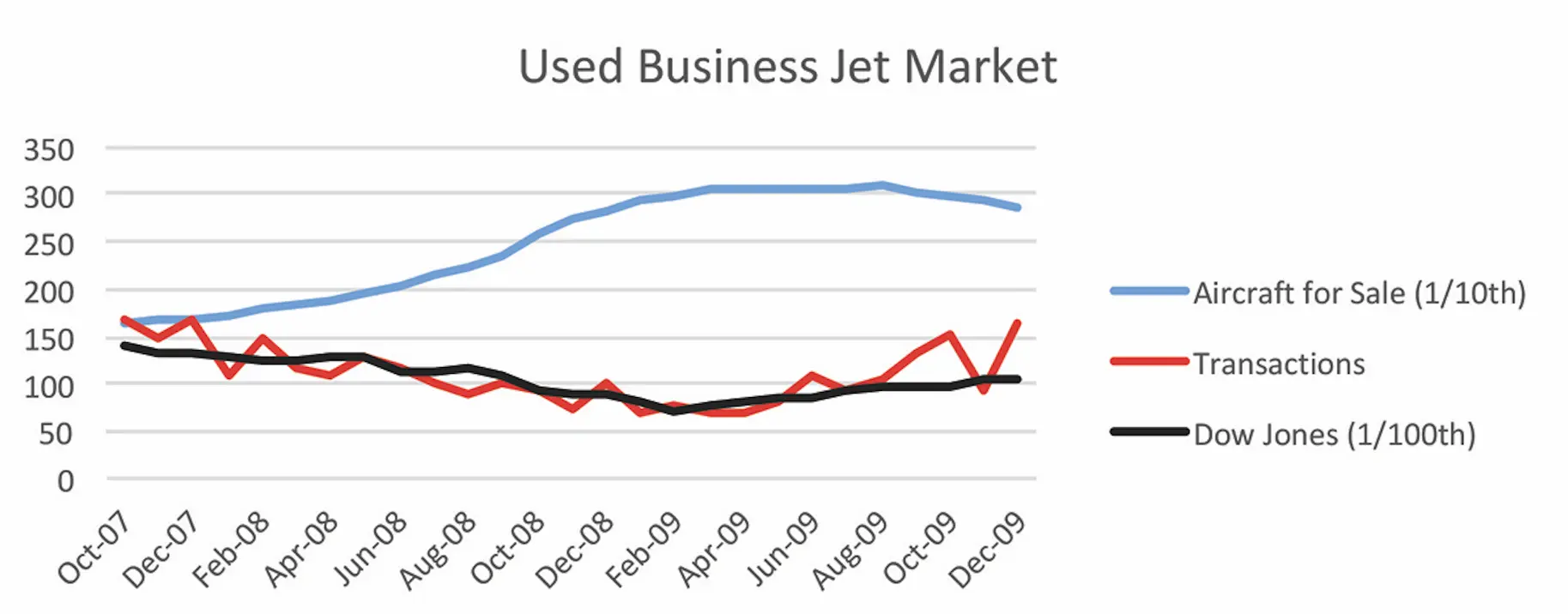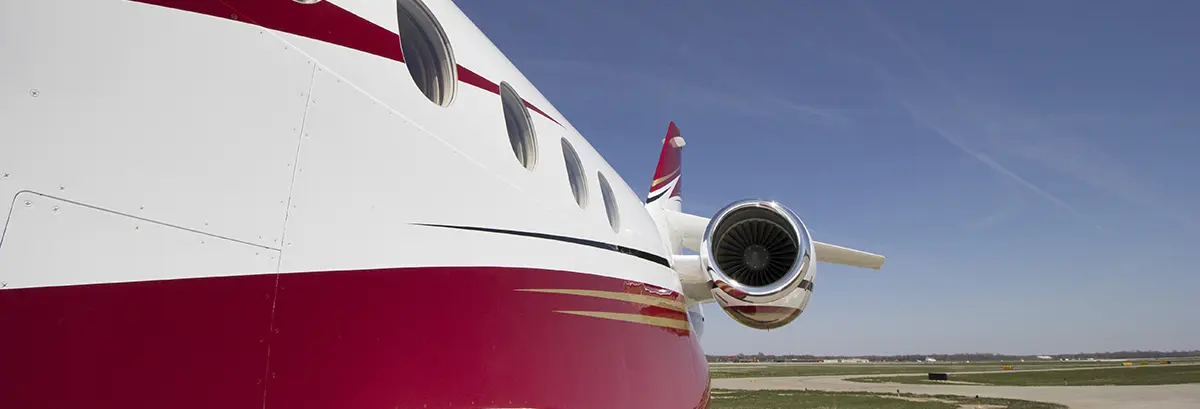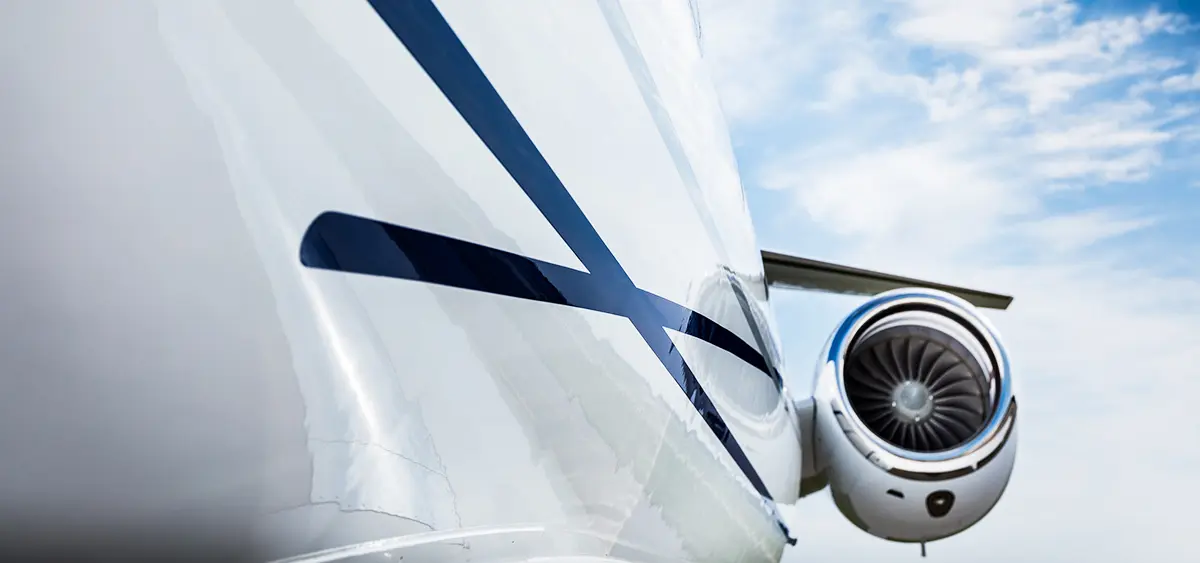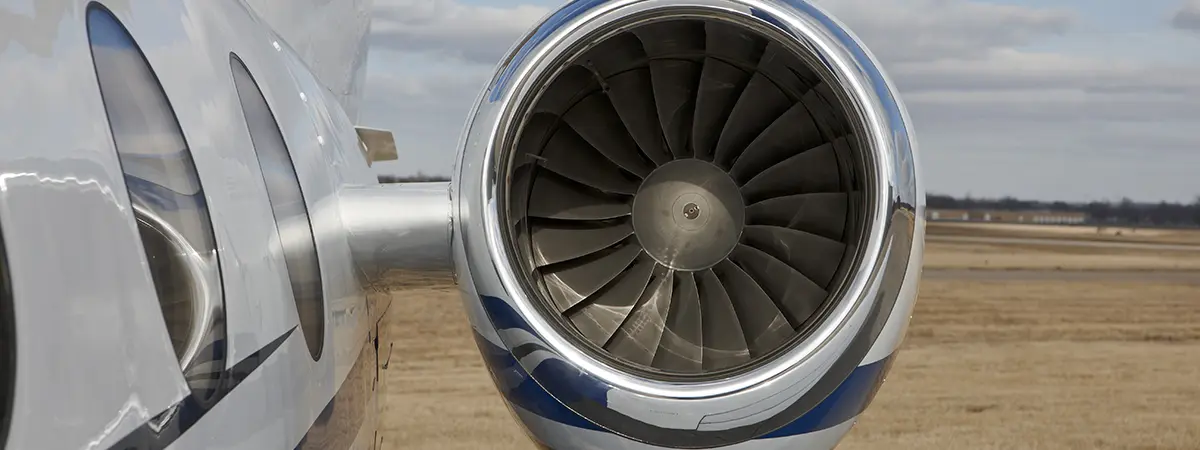
3/31/2020
Across the world, COVID-19 has created a global public health problem unlike anything we have ever seen. At the time of this writing, there have been over 800,000 cases and 39,000 deaths associated with the deadly virus. With one half of all Americans under some type of shelter-in-place or quarantine order, the economic effects in the US alone are staggering, and have nearly happened overnight. March 26, 2020, saw 3.3 million, one-week unemployment claims which is the highest one-week total in history. Buying or selling an aircraft in an uncertain time can be intimidating. While we don’t yet know the full magnitude of the COVID-19 impact on the used jet market, during our 84 years of selling airplanes we helped our customers through turbulent times such as wars, attacks on America, and 13 recessions. In this post, we’re going to provide some insight as to what happened to the used jet market during one of the greatest periods of uncertainty in our lifetimes, the global Great Recession, which is the period from December of 2007 through June of 2009.

Recessions are identified by a drop in the GDP for two consecutive quarters. Often times this indicator isn’t identified at the time, but rather later after the government revises their figures. As was the case in 2008, people who closely follow the markets saw a slowdown in aircraft transactions and rising inventories, but pricing remained stable for most of the year. As in most cases, in hindsight the clues to a recession were present, but people were still purchasing aircraft, and there wasn’t a lot of concern at the time.
2008 started off with a seasonal decline in sales of 35%, which was slightly lower than the drop off the previous year. Inventory began to accumulate at the beginning of 2008, but sales were steady throughout the spring. The first real warning began with harsher than usual summer inactivity, with sales declining in July.

In August of 2008, more warning signs appeared as the number of aircraft transactions dropped into the double-digits. Although the number of aircraft transactions improved slightly the following month, the stock market crash of 2008 occurred on September 29, 2008 after Congress rejected a bank bailout bill. Prior to February of 2020, this was the largest one-day drop in history. The following month, the percentage increase of aircraft on the market doubled from the prior month, and prices declined by 10% over the prior quarter (pricing average includes the Hawker 800XP, Citation Excel, and Lear 45). For several months, pricing continued to slowly decline until the stock market hit its lowest point.

As the stock market hit bottom in March of 2009, used business jet transactions also hit their lowest point of just 69 transactions. The quarter starting in April of 2009 saw its most significant price decline of nearly 30% from the prior quarter. In total, a full year passed without a single month producing more than 100 total pre-owned jet transactions. During this period, there were many great buying opportunities and aircraft operators that priced their aircraft accurately were able to maximize their value. In fact, Elliott did over 60 transactions in 2008 and 2009, helping customers from all over the world buy and sell aircraft at market appropriate pricing. However, some brokers used old market data which ultimately led to unsold aircraft. As a result of inaccurate pricing, some owners rode the market down and lost 40% to 50% of their aircraft’s pre-recession value when their aircraft finally sold many months later. The aircraft that were priced correctly were the aircraft that sold and their owners didn’t continue to ride the market down.

August of 2009 signaled the rebound period for used aircraft. This period saw the supply of used aircraft steady, then slowly start to decline, and the number of transactions slowly increase. However, pricing remained flat. For perspective, the Great Recession was a unique event that was caused in large part by faulty financial conditions, namely a crisis in the subprime mortgage markets. Most everyone who was in the market at the time would agree that there was a bubble concerning used aircraft prices. Years of demand had inflated values to an unsustainable level. Since the great recession, prices have mostly continued a standard depreciation decline. The years following the Great Recession produced many healthy years of used aircraft transactions.
Regardless of what causes the insecurity, the important thing is to be able to manage the situation. Accurate pricing information during periods of uncertainty is paramount. Having the ability to learn actual sales prices, which is not public information, is the key to knowing where to price an aircraft. With rapidly changing events, it is imparitive that decesions be made with accurate and up to date information.

Managing tough economic situations requires a true understanding of the market, decades of industry experience, accurate pricing, aggressive marketing, and the highest-level of negotiation skills. At Elliott Jets, we have advised customers from around the world through many turbulent economic times, including 13 recessions. We actively track dozens of jet markets with real-time data. Our decades of building partnerships with customers and industry-insiders gives us access to hard-to-find sale prices. As with any market uncertainty, past performance is not a predictor of future results. If you’d like to talk about what we can do for you, contact sales@elliottjets.com or call 844.937.5387. You can also request a free valuation of your aircraft here. Make sure to sign up to receive other tips on how to navigate aircraft transactions during uncertain times.
Jim Becker has been an aircraft analyst for 27 years. He holds an F.A.A. Airframe & Power Plant Mechanic license and is a graduate of the Aviation Institute at the University of Nebraska at Omaha. He is an Accredited Senior Appraiser with the American Society of Appraisers. James has an extensive knowledge of the aircraft market and has tracked and analyzed thousands of aircraft transactions. Under his Aircraft Specific designation with the American Society of Appraisers, James specializes in developing current and projected market values for used reciprocating engine aircraft and turbine-powered aircraft, including corporate, commuter and private applications of airplanes and helicopters as well as all types of airline equipment. James is based in Elliott Aviation’s Des Moines Iowa facility.
Mike Fischer joined Elliott Jets in 2018 as a market analyst. He is a graduate of Northern State University in Aberdeen, South Dakota. With his combination of business, accounting and banking industry background, along with his passion for aviation, Mike provides trusted and reliable valuations of numerous business jets and turbo props. Fischer’s expertise includes Phenom, Hawker, Learjet, Challenger, Citation, Premier and most single-engine turbo prop markets. A third generation pilot, he holds multi-engine, commercial and instrument ratings. Mike is based out of Elliott Aviation’s Eden Prairie, Minnesota facility.